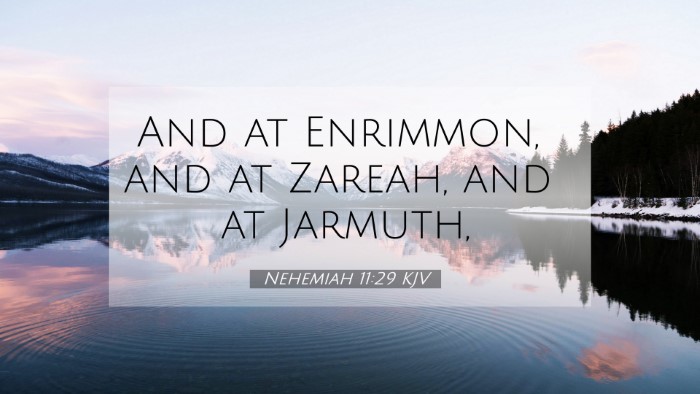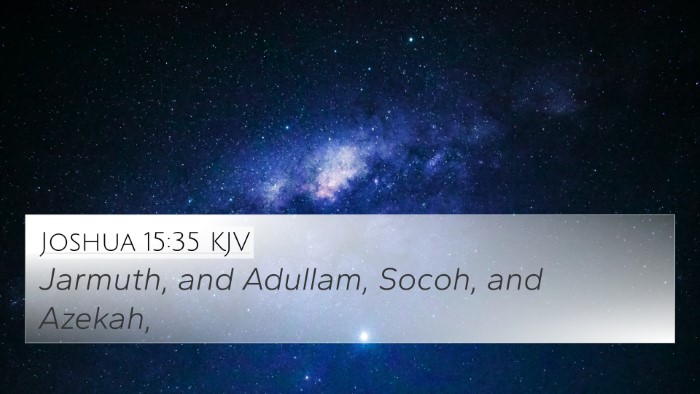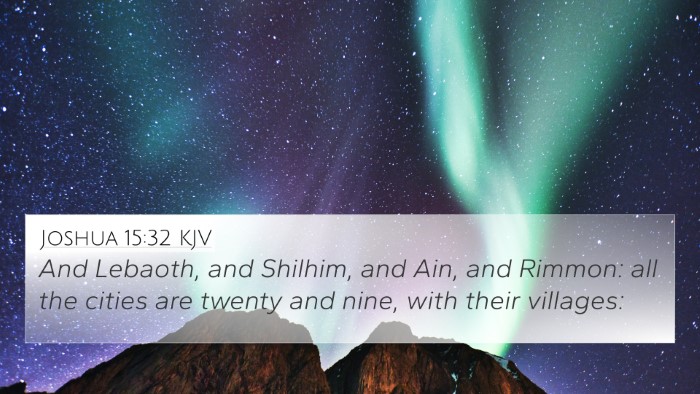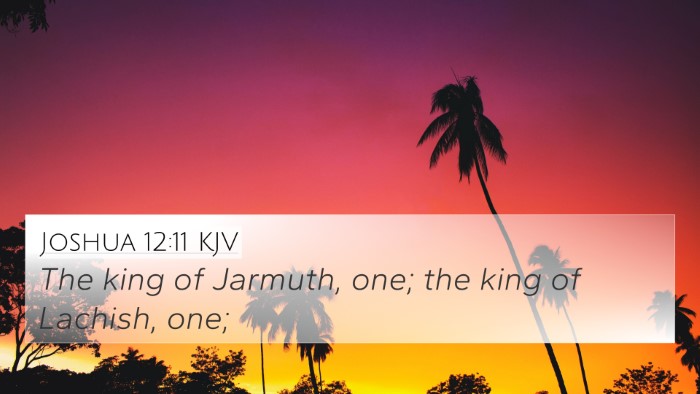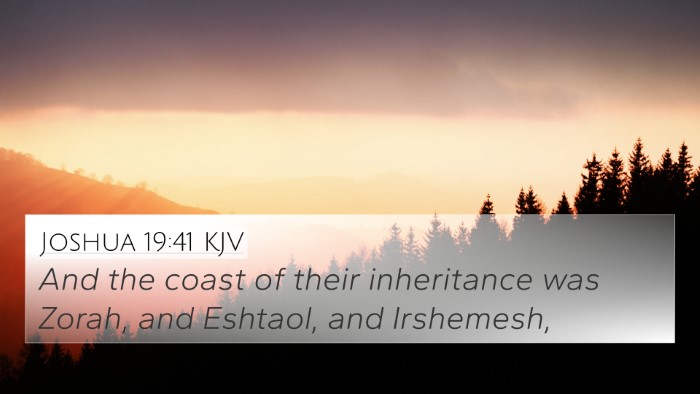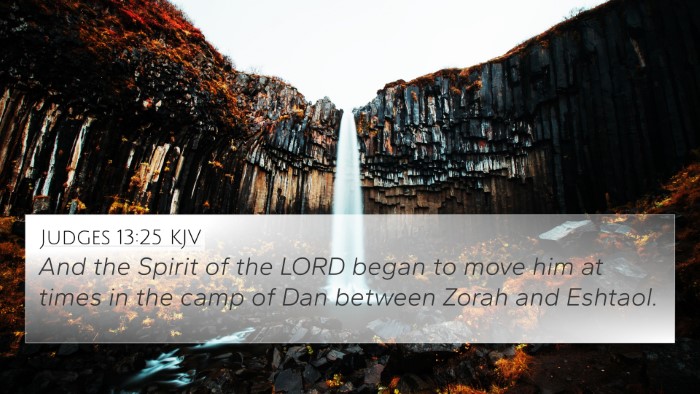Nehemiah 11:29 Interpretation and Commentary
Nehemiah 11:29 states:
"And in the villages, there were dwellers in Kiriath-Arba, and in the villages thereof, and in Dibon, and in the villages thereof, and in Jekabzeel, and in the villages thereof."
This verse serves as a summary of the settlements and the inhabitants in the regions around Jerusalem after the Babylonian exile. The importance of place and community emerges, as the returning exiles establish their homes in various areas.
Key Themes and Insights:
- Restoration of Community: The mention of specific villages and their inhabitants emphasizes the rebuilding not only of Jerusalem but also of the surrounding communities. Matthew Henry notes that the restoration of these villages points to the re-establishment of ancient roots.
- Importance of Heritage: Albert Barnes suggests that the listing reflects the significance of heritage and ancestry. The returning Israelites sought to reclaim their ancestral lands and uphold their cultural identity.
- Geographical Significance: Adam Clarke emphasizes geographical connections. Each village mentioned has its biblical significance, and understanding these locations helps in recognizing the broader historical context.
Cross-Referencing Biblical Texts:
This verse can be linked to various other scriptures that highlight themes of settlement, restoration, and community organization:
- Joshua 15:21-32: Lists the towns in the southern part of Judah, reflecting the same places mentioned in Nehemiah.
- Ezra 2:21-35: Provides a census of the returned exiles, including the specifics about settlements.
- Jeremiah 31:5: Discusses the rebuilding of cities and their populations, affirming God's promise of restoration.
- Isaiah 65:21: Speaks of building houses and living in them, echoing the hope of the Jewish people returning home.
- Nehemiah 7:73: Lists the various towns and their inhabitants upon the return from exile, connecting to Nehemiah 11.
- Micah 4:8: References the stronghold of the daughter of Zion as a reminder of Jerusalem's centrality among the villages.
- Zechariah 8:4-5: Promises old men and women will sit in the streets, symbolizing community and peace, which the returning exiles sought.
- Matthew 2:23: Notes Jesus’ upbringing in Nazareth, linking the settlement of places in the Old Testament with the New Testament's narrative.
- Acts 8:1: Discusses the scattering of believers from Jerusalem, drawing a parallel to how community structures allowed for both growth and dispersion.
- Hebrews 11:10: Mentions the promise of a city whose builder and maker is God, intertwining the themes of physical and spiritual dwellings.
Thematic Connections:
Nehemiah 11:29 serves as a point of convergence for several key biblical themes:
- Community Rebuilding: The act of returning to their homes and villages signifies the Jewish people reclaiming their identity post-exile.
- Faithfulness to God: The physical act of returning mirrors a spiritual journey of fidelity to God and his promises.
- Historical Significance: Each village serves as a testament to the historical narrative of Israel and God's providence throughout the ages.
Study and Reflection:
This verse encourages deeper investigation into how individual communities contribute to the collective identity of the faithful. It invites readers to consider:
- How do we recognize and cherish our communities today?
- In what ways does our heritage shape our faith journey?
- How can we draw parallels from scriptural texts to our contemporary lives?
Conclusion:
Nehemiah 11:29, while simple in its description of the towns and villages, encapsulates rich layers of meaning regarding community, restoration, and the enduring nature of God's covenant with His people. The mainstream interpretations by theologians assert both an immediate historical context and an everlasting spiritual significance that invites continual reflection and study.


